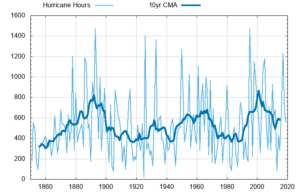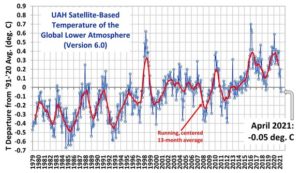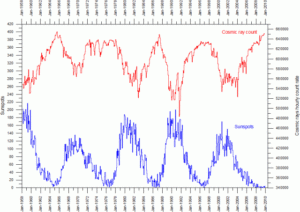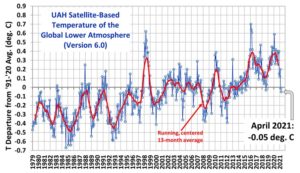by Cap Allon, May 29, 2021 in Electroverse
The “crazy conspiracy theorists” are being proved right, again. But it was never crazy conspiracies that were being theorized. The outspoken few were merely “applying logic” — a skill the impaired herds were educated out of a long time ago, as children, in the indoctrination stations known as schools.
The world is corrupt — most people are all too happy to agree with this statement.
We are being lied to at every corner of life— yet most people struggle with this one.
MONTHLY LOW TEMPERATURE RECORDS TUMBLE IN VANUATU
Following on the heels of New Zealand’s all-time cold, record lows are now sweeping the Y-shaped South Pacific Ocean archipelago of VANUATU–which consists of roughly 83 volcanic islands and stretches approx. 1,300 kilometres.
On May 27, the mercury sank to 14.3C (57F) at Pekoa Airport, located on Espiritu Santo Island
On May 28, a low of 12.5C (54.5F) was registered at the Port Vila Airport, situated on Efate Island.
Both readings are new record lows for the month of May.
…
…
LATE-SEASON SNOW AND UNPRECEDENTED COLD SWEEP TORONTO, CANADA
May 28 was a historic ‘double-whammy’ of a day in Toronto, Canada.
First off, the day entered the weather books as the city’s coldest May 28 ever recorded, according to Environment Canada warning preparedness meteorologist Peter Kimbell.
The daytime high had only reached a frigid 4C (39.2F) by Friday afternoon.
For the next coldest May 28 you have to turn all the way back in 1889, according to books for downtown Toronto dating back to 1840. In other words, it’s been 130 years since Torontonians have suffered a May 28 this cold.
…




